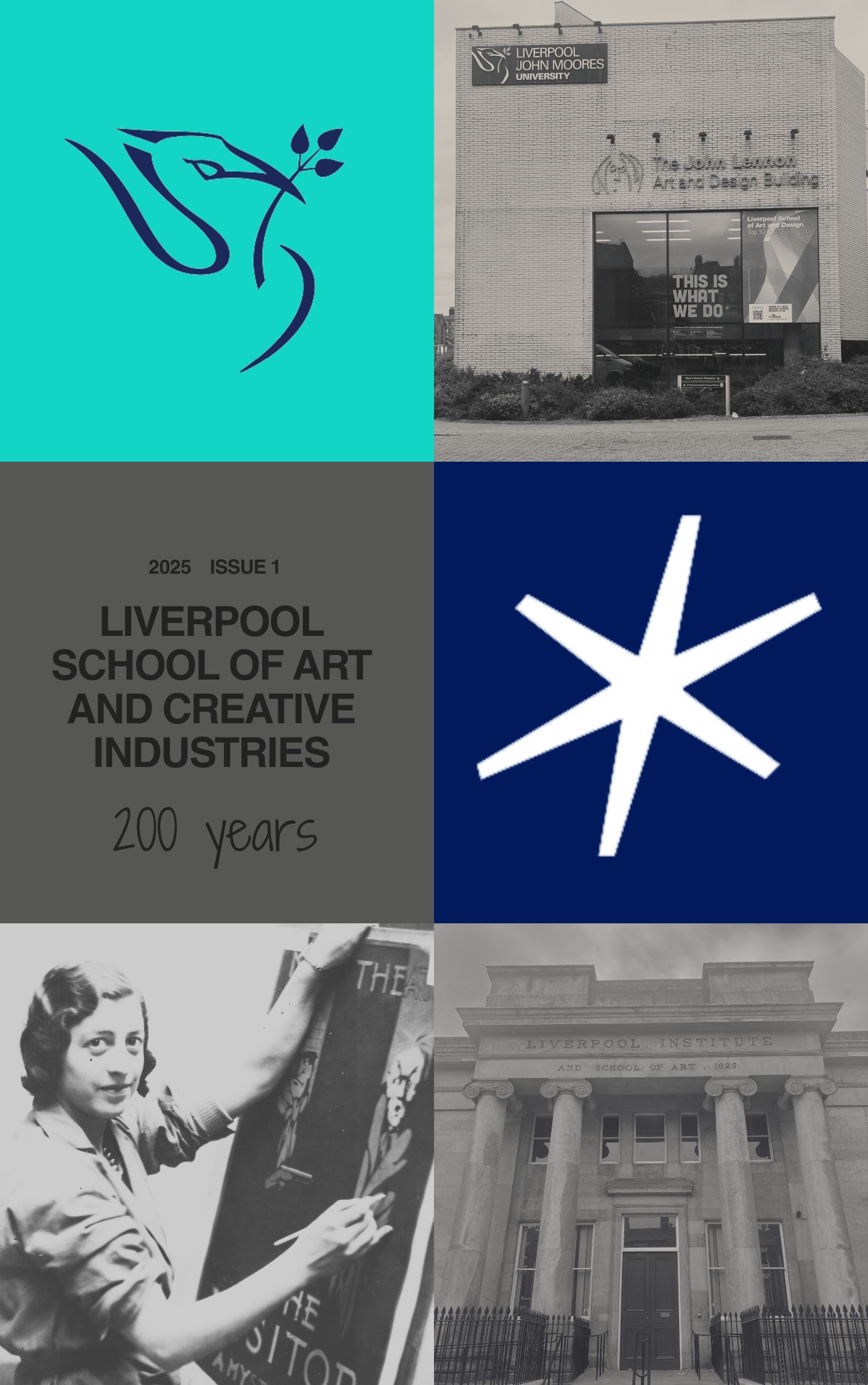An exploration of iconographical symbols and their reflection of moral and theological concerns in the late Middle Ages within the work of Hieronymus Bosch.
DOI:
https://doi.org/10.24377/LSACI.article3143Abstract
This essay will examine two works of art by Dutch artist Hieronymus Bosch. The chosen works are from the early period and late period of Bosch’s career, in order to provide a comparison of the themes and narratives found at different stages of his career. I will analyse the panel painting titled Ecce Homo (C.1475-1485) as well as the triptych titled the Temptation of Saint Anthony (C.1500-1510). In doing so, I will provide a discussion on how Bosch’s art reflects the moral and theological concerns of the late Middle AgesMuch of Bosch’s personal life is left unknown due to the time period in which he was working, meaning that the only surviving records of his life are official documents with little detail about his character. It is estimated that he was born sometime around 1450 and was buried in 1516. ‘Few records describe how Bosch acquired the major altarpieces for which he is famous today’ (Finger, 2020, p. 13), though it is known that he would often spend time with members of the social elite in s’Hertogenbosch, the town in which he resided for the majority of his career. Because of his standing in society Bosch experienced fame during his lifetime, he had a workshop with several assistants, and it is thought that his patrons brought commissions to him.
Downloads
Published
Issue
Section
License
Copyright (c) 2025 Hannah Peacey

This work is licensed under a Creative Commons Attribution 4.0 International License.
The copyright of content is retained by the author(s). Please check the specific licence for this item. The majority of the content in this journal is published under a Creative Commons Attribution Licence. Artworks are published under a Creative Commons Attribution-NonCommercial-NoDerivatives 4.0 International Licence. These licences allow others to read, download, copy, distribute, print, search, or link to the full text of works in this journal, or to use them for any other lawful purpose in accordance with the licence.
This journal provides immediate open access to its content and has no submission or publication fees.


